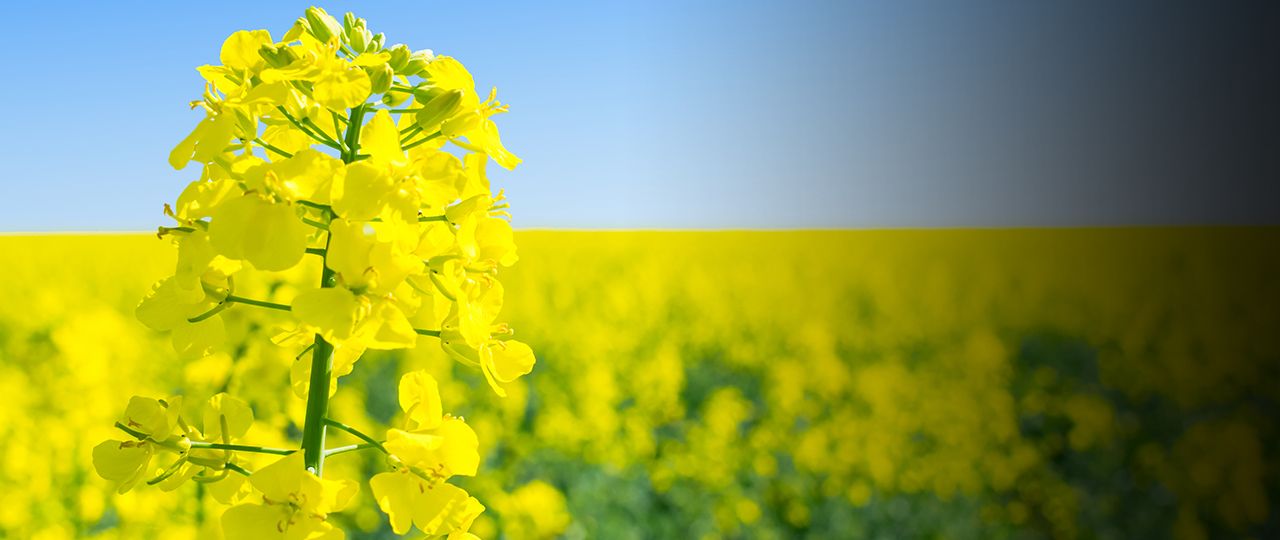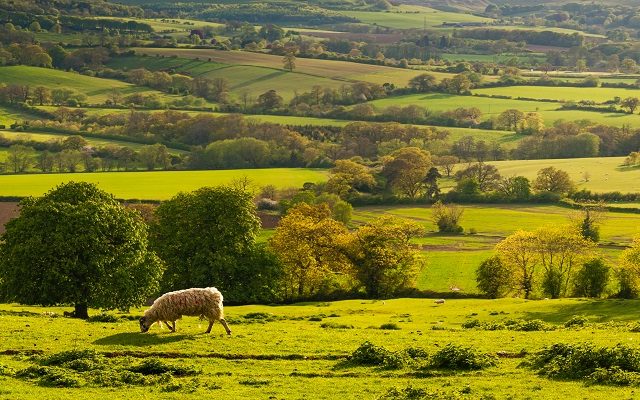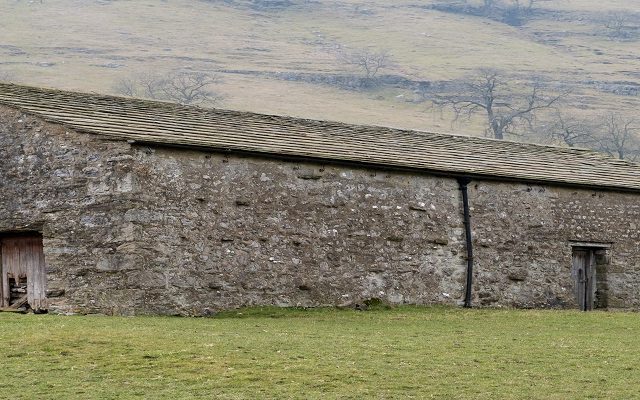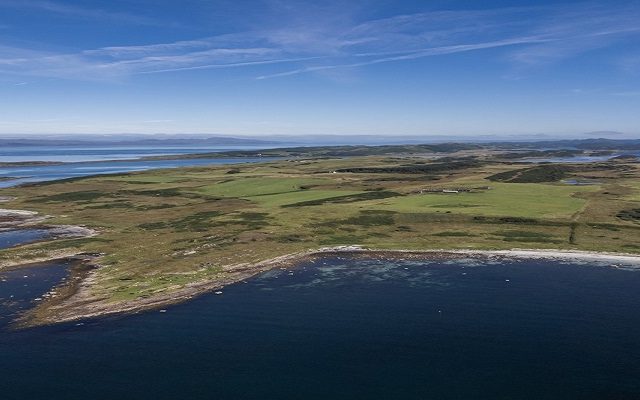Oil Seed Rape – does it still have a place in your rotation?
To grow or not to grow? That is the big question in the arable sector following a recent survey by AICC which found that more than 60% of growers are seriously considering dropping oilseed rape from their rotation.
The contributory factors are all-too-familiar. Establishment problems as a result of drought, coupled with the loss of neonicotinoids and increasing pyretheroid resistance have left crops more vulnerable to Cabbage Stem Flea Beetle (CSFB) with devastating consequences. Reports of growers suffering either crop failures or a significant hit on the yield potential are now routine.
Layer on unexciting rapeseed prices and, in the worst-affected areas for CSFB, many growers have become disillusioned. They are taking the view that the crop has gone from being a reliable and profitable break to an unpredictable and increasingly high-risk option.
But although there’s plenty of talk about people turning their backs on the crop, there’s also an inertia to move away from it because of the management benefits OSR offers, and the reality is that many farms are geared around its inclusion in the rotation in terms of equipment and storage.
So what are some of the factors growers should be considering in coming to a final decision about whether they would be right to abandon OSR?
A look at some numbers highlights the risks facing those who have doubts that they can produce a reliable crop in the current climate. In places where winter OSR can still be grown reliably then it produces gross margins well in excess of most combinable break crops. Yet yields only needs to drop to 2.45t/ha at current prices to put gross margins at the level of winter beans.
Other considerations include the high front-end costs of growing OSR. If the crop is destroyed in the spring after autumn grassweed sprays, then the costs incurred are around £265/ha, rising to £350/ha after the application of first fertiliser.
Where rape fails in March and is followed by a crop of spring barley, the gross margin of the spring barley drops to £300/ha, which is again below that of winter beans.
Yet despite these challenges, OSR can and should continue to have a place in the rotation – albeit, probably at lower levels than in the past.
A reduced area of oilseed rape should actually help to bring the CSFB situation back to more manageable levels. Experience tells us that the CSFB population tends to drop as the area of crop grown within a region falls.
When asked by clients about whether to drill rape for harvest 2020, my advice is that the answer lies in being realistic about what’s involved in getting a crop through to harvest and being willing to commit to paying close attention to its establishment and management.
One of the essential elements to a successful OSR crop is its establishment, with seed needing to be sown to a consistent depth with sufficient moisture to achieve a rapid germination to produce a robust, even stand. Whether it is best to drill in August or push drilling back into September can be debated, as can the merits of farm saved seed, compared to hybrids, but growers do need sufficient capacity in terms of machinery and labour to make sure they get the crop established if the right conditions present themselves. The ongoing management time needed to check for beetles and pigeons in the autumn also needs to be considered. If we exclude this management time the break-even yield is 1.4t/ha, but with this management time included, estimated at 2.5hrs per week over 16 weeks and costed at an AWB Grade 1 equivalent rate, the breakeven yield is 2.7t/ha.
At the time of writing, I have chosen to pencil in OSR to a number of clients’ cropping plans, but with the caveat that these plans will remain under review. If we are seeing high numbers of adult flea beetles in harvested grain and there’s a dry start to August it will be time to be pragmatic and enact Plan B.
Whether it is a minority or a majority who chose to drop OSR next season, only time will tell. What’s crucial is that in coming to a decision the pros and cons are properly and honestly evaluated.
This article first appeared in the June 2019 issue of Agronomist and Arable Farmer






